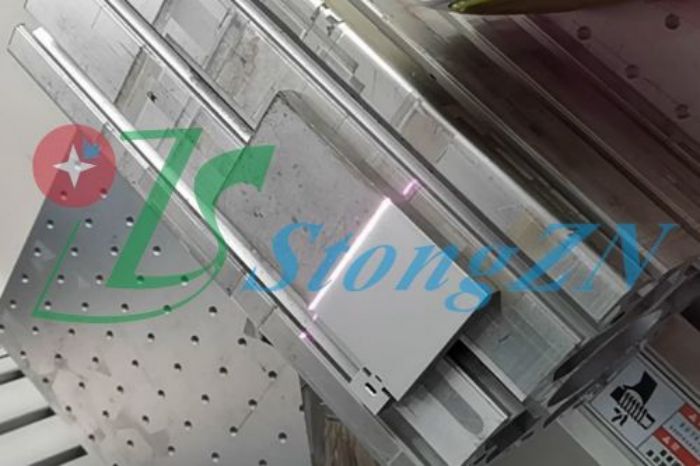Stainless steel refers to steel that is resistant to weak corrosive media such as air, steam, water, and chemical corrosive media such as acid, alkali, and salt. It is also known as stainless acid-resistant steel. In practical applications, steel that is resistant to weak corrosive media is often called stainless steel, while steel that is resistant to chemical medium corrosion is called acid-resistant steel. Due to the difference in chemical composition between the two, the former is not necessarily resistant to chemical medium corrosion, while the latter is generally stainless. The corrosion resistance of stainless steel depends on the alloying elements contained in the steel.

After the surface of stainless steel is mechanically polished, if no other treatment is carried out, a thin oxide film will still be formed on the surface of the new substrate due to contact with oxygen in the air. After electrolytic or chemical polishing, some are passivated to form a passivation film. If passivation treatment is not carried out, there will also be a thin oxide film. It can be said that the contact between metal and oxygen in the air generally forms an oxide film. It's just that some are obvious, and some are not! The oxide skin is a corrosion product formed by the oxidation of steel at high temperatures, composed of ferrous oxide, ferric oxide, and ferric oxide. The oxide skin will accelerate the corrosion of the metal, so the larger the area of the oxide skin, the faster the corrosion rate of the steel matrix, and the more serious the corrosion.
Generating this kind of oxide film to remove is a more troublesome problem. Traditional cleaning is time-consuming and laborious, and there are certain consumables. It is not very convenient to clean, while the laser rust cleaning machine can quickly clean the oxide layer, oil stains, etc. on the stainless steel surface. Because it is a non-contact, non-abrasive cleaning method, it will not cause damage to the surface of the workpiece!
The principle of laser cleaning is to use high-frequency and high-energy laser pulses to illuminate the surface of the workpiece, and the coating layer can instantly absorb the focused laser energy, causing oil stains, rust spots or coatings on the surface to be instantly peeled off, effectively removing surface adhesions or surface coatings at high speed. The cleaning method of the coating, while the short-acting laser pulse, under the appropriate parameters, will not harm the metal substrate.





